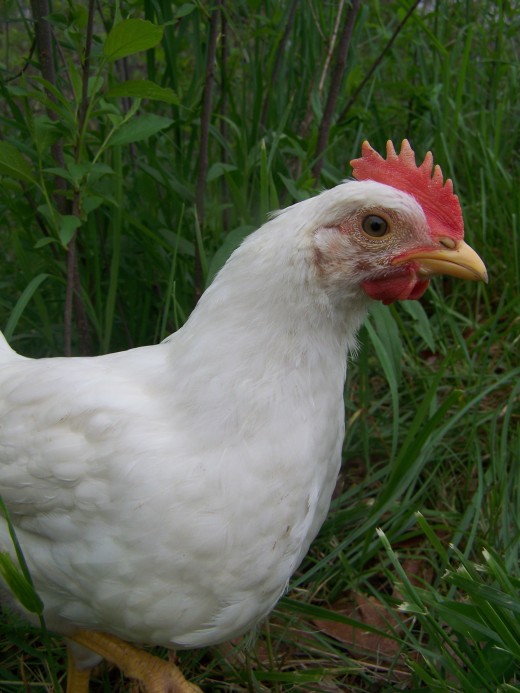- HubPages»
- Pets and Animals»
- Farm Animals & Livestock»
- Hens & Roosters
How To Build a Chicken Coop for a Cold Winter Climate

Chickens handle cold better than they do heat. Breeds with large combs such as leghorns may suffer frostbite on their combs but this is not usually a health concern. Try rubbing a layer of petroleum jelly on their combs when you know the temperature is going to drop to freezing. In any coop you build or buy, make sure it has adequate ventilation.
© Copyright Notice ©
My photographs are mine, taken by me, with my camera. You may use them for personal reasons (desktop backgrounds, personal websites or you can print them for personal use.)
If you choose to use them on websites I require a link back to my HubPages. You may link to my profile or to one of my Hubs.
You may not use them without my permission or for profit.
I sell my art and if you are interested in purchasing it send me a message.
ALL of my articles are MINE and you may NOT use them for anything but reading on my page.
Step 1
Site the area. Choose a place that receives a good amount of sun in the wintertime. Natural sunlight is a free way to keep your chickens’ coop warm. Try planting deciduous trees and shrubs for shade in the spring and summertime.
Step 2
Provide good drainage. Do this by installing a wire floor or adding absorbent litter. Chickens are messy creatures. Coop drainage is important during the winter, as wet birds will chill and die.
Step 3
Insulate the chicken coop. Add insulation to the walls, doors and roof of your new coop. A lot of heat escapes the coop through the roof.
Step 4
Add ventilation to the coop. Good airflow in a chicken coop is essential for their overall health. Although it seems like a good idea to enclose the entire pen during cold winters, do add vents or keep a door ajar.
Step 5
Protect your chickens from drafts. Do this by building a sheltered area within the coop. This is where you build your perches and nest boxes. Leave one side or a partial side open for airflow and ease of access.
Step 6
Add a thick layer of bedding to the floor and nest boxes. Use straw, hay or some other warm material. A layer several inches deep will absorb liquid and keep the chickens warm and dry.
Step 7
Provide a heated waterer for your chickens. This will keep their water from freezing and save you time and trouble. Units are available for purchase online, through mail order catalogs or at local farm supply stores.









